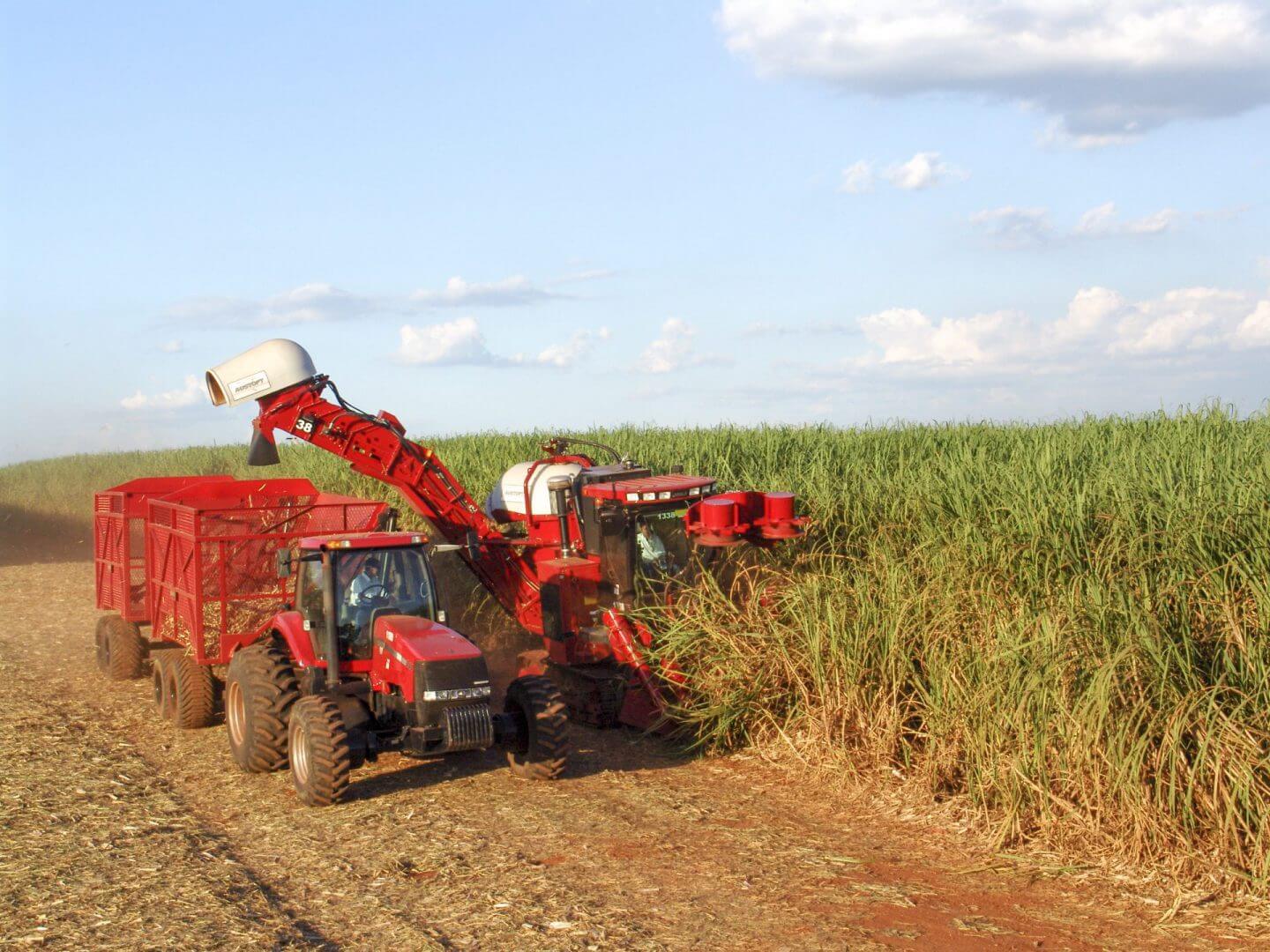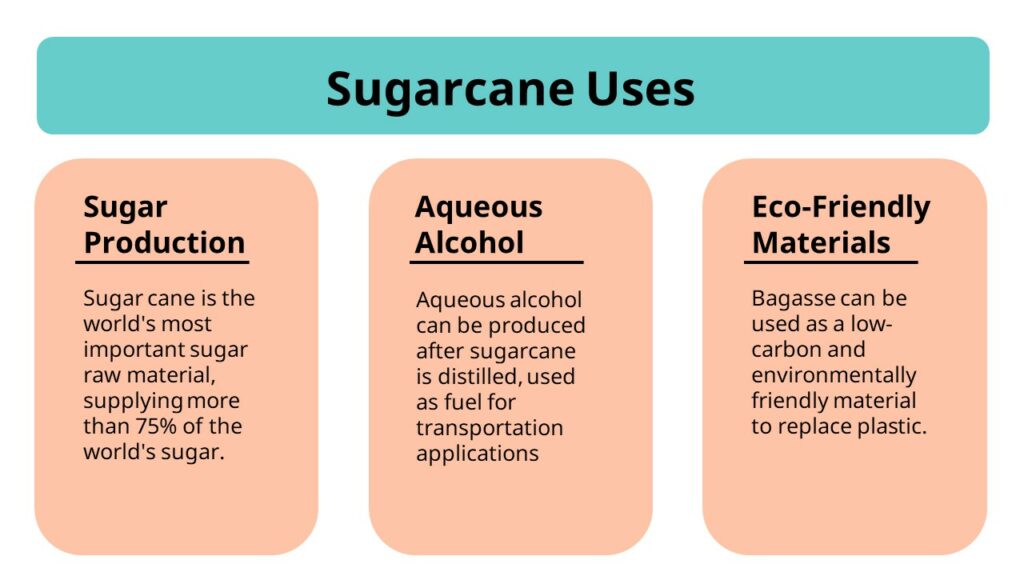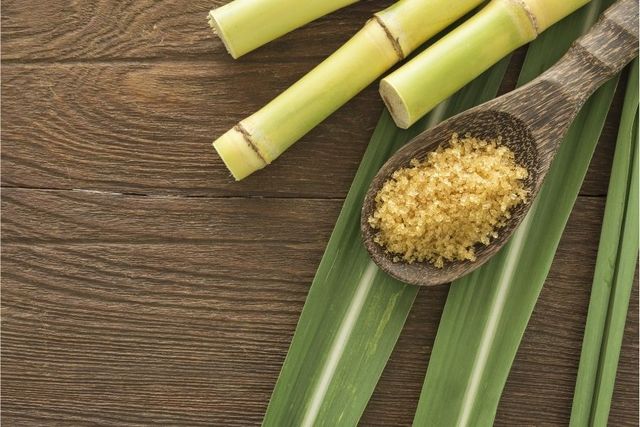What Are Sugar Canes Used For in Traditional Remedies and Folk Medicine
Comprehending Just How Sugar Canes Work: What Are Sugar Canes Made Use Of For in Food and Beyond?
Sugar walking sticks are integral to various aspects of both cooking and commercial methods. Their convenience enables them to be transformed into sugar, drinks, and also biofuels. As one checks out the trip from growing to processing, the diverse applications of sugar canes reveal a complicated interplay in between agriculture and market. The ramifications of sugar walking cane manufacturing prolong beyond mere energy, elevating concerns concerning ecological sustainability and economic influence.

The Background and Origin of Sugar Canes
Usually taken for granted in modern diet plans, the history and beginning of sugar canes reveal a complex trip that spans thousands of years. Belonging To Southeast Asia, sugar walking stick was initial cultivated around 8000 BCE, with its sweet juice coming to be very valued by very early people. By the very first millennium advertisement, it infected India, where it was refined right into crystallized sugar, a significant technology that changed its usage and trade. The introduction of sugar walking cane to the Mediterranean happened around the 7th century, thanks to Arab traders, who recognized its economic potential.During the Age of Exploration, European homesteaders established sugar vineyards in the Caribbean, significantly impacting worldwide profession. By the 17th century, sugar became a standard commodity, fueling economic situations and influencing social structures. The tale of sugar canes is linked with agriculture, commerce, and social exchanges, noting its importance fit modern economic systems and cooking methods.

Cultivation and Harvesting Practices
The growing and harvesting of sugar walking sticks include several vital techniques that establish the high quality and return of the crop - What Are Sugar Canes Used For. Trick aspects consist of effective dirt prep work methods, exact planting methods, and efficient gathering approaches. Understanding these methods is essential for optimizing production and making certain sustainability in sugar walking cane farming
Soil Prep Work Methods
Effective dirt preparation methods are crucial for effective sugar cane growing, as they lay the foundation for healthy growth and perfect yield. The process starts with soil testing to analyze nutrient degrees and pH equilibrium, permitting for customized amendments. Tilling and plowing are then employed to aerate the soil and break up compaction, enhancing origin penetration. Including raw material, such as garden compost or well-rotted manure, boosts dirt fertility and framework. Furthermore, appropriate drain systems are vital to protect against waterlogging, which can hinder walking cane advancement. Cover chopping may additionally be used to subdue weeds and improve soil health and wellness. These practices collectively ensure that sugar walking cane has the best setting to prosper, leading to durable plant health and increased productivity.
Growing and Development
Effective growing and development methods are necessary for making best use of the yield of sugar walking stick. The process begins with choosing healthy and balanced seed walking canes, which are sectors of fully grown stalks rich in buds. These seed canes are commonly grown in well-prepared dirt, ideally at a deepness of 4 to 6 inches, making certain sufficient wetness and aeration. Sugar cane flourishes in cozy environments with enough sunshine and requires regular irrigation, particularly throughout droughts. Fertilization with potassium, nitrogen, and phosphorus is crucial to promote durable growth. Weed control is likewise essential, as competition can prevent advancement. Regular monitoring of plant wellness and dirt conditions enables prompt treatments, ultimately leading to a successful crop that fulfills market demands.
Harvesting Approaches
Harvesting sugar walking stick requires careful planning and implementation to guarantee optimal yield and top quality. Normally, the harvest takes place when the walking stick reaches ideal sugar material, typically in between 12 to 18 months after growing. There are 2 key methods: manual and mechanical harvesting. Hand-operated harvesting entails laborers using machetes to cut the stalks at ground level, making sure very little damage to the plant and soil. In contrast, mechanical harvesting utilizes specialized equipments that reduced, chop, and transfer the walking cane, boosting effectiveness and decreasing labor expenses. Nevertheless, mechanical approaches can result in greater dirt compaction and loss of nutrients. Despite the approach, prompt harvesting is necessary, as delays can result in reduced sugar top quality and enhanced vulnerability to diseases and insects.
Processing Techniques for Sugar Removal
The handling of sugar walking stick is a vital phase in sugar manufacturing, incorporating a number of essential methods - What Are Sugar Canes Used For. Gathered walking stick undertakes squashing and juicing to extract its sweet fluid. This juice then proceeds through filtration and crystallization, changing it into the sugar most typically utilized today
Gathering Sugar Cane
Sugar walking stick collecting marks a crucial stage in the manufacturing procedure, where timing and technique play crucial functions in making the most of return. Typically, the harvest happens when sugar content is at its top, which varies based upon climate and growth problems. Employees utilize specific equipment or handbook tools to reduce the cane at the base, making sure minimal damages to the plant. Correct technique is important; cutting expensive can lower the quality and quantity of the sugar drawn out later on. After reducing, the walking cane should be delivered without delay to processing facilities to stop perishing and sugar deterioration. The efficiency of the harvesting procedure considerably influences the total efficiency and earnings of sugar walking cane farming, making it a key emphasis for manufacturers.
Juicing and squashing
As soon as sugar cane is collected, the next essential action involves squashing and juicing to remove the wonderful fluid which contains sucrose. navigate to this website This procedure usually uses heavy equipment created to crush the stalks, damaging down the coarse framework and launching the juice. Mills or rollers use significant pressure, enabling the cane juice to stream out while separating the fibrous deposit, recognized as bagasse. As soon as crushed, the walking stick is often subjected to a collection of pressing phases to optimize juice removal. The collected juice is rich in sugar and might include contaminations, which will be dealt with in later processing actions. Generally, juicing and squashing are vital techniques that change collected sugar cane right into a liquid form appropriate for more improvement.
Purification and Crystallization
Purification and condensation are essential processes in transforming raw walking stick juice into refined sugar. After drawing out juice from crushed sugar walking sticks, the fluid consists of contaminations such as plant fibers, minerals, and proteins. To achieve purification, the juice undertakes clarification, where warm and lime are included in precipitate pollutants, which are then removed. The clarified juice is then focused via evaporation to create a thick syrup.Next, crystallization happens, where sugar crystals create as the syrup cools. This procedure normally entails seeding the syrup with existing sugar crystals to advertise consistent development. The resulting crystals are divided from the continuing to be molasses via centrifugation, producing pure sugar. This refined item is then dried and packaged for various cooking usages.
Culinary Use Sugar Canes
While frequently linked mainly with sweeteners, sugar canes supply a functional variety of culinary applications past their function in sugar production. Fresh sugar walking stick can be juiced, producing a sweet, invigorating drink enjoyed in several tropical regions. This juice functions as a base for healthy smoothies and mixed drinks, including a distinct taste profile.Additionally, sugar walking stick syrup, stemmed from condensing the juice, is used as an all-natural sweetener in numerous meals, from sauces to treats. The syrup gives a rich, caramel-like flavor, boosting both savory and pleasant recipes.In some cuisines, sugar walking cane stalks are smoked or baked, providing an unique smoky preference that matches meats and veggies. Sugar walking stick can be incorporated into treats, such as puddings and candies, where its sweet taste and coarse texture produce fascinating contrasts. In general, sugar walking canes add to both ingenious and standard cooking productions throughout diverse cultures.
Industrial Applications Past Food
Past their cooking usages, sugar walking sticks play a significant duty in numerous commercial applications, adding to fields such as bioenergy, paper manufacturing, and bioplastics. The coarse product of sugar walking stick is utilized in the manufacturing of biofuels, particularly ethanol, which functions as a renewable resource resource that minimizes dependancy on nonrenewable fuel sources. In the paper sector, bagasse, the coarse deposit left after juice removal, is processed right into pulp for paper and cardboard production, promoting sustainable methods by utilizing waste. Additionally, developments in bioplastic technology have brought about the advancement of naturally degradable plastics derived from sugar walking stick, providing an eco-friendly alternative to conventional petroleum-based plastics. These commercial applications not only boost the worth of sugar canes but also straighten with worldwide movements in the direction of sustainability and renewable energies, illustrating their adaptability past the cooking area.

The Environmental Impact of Sugar Walking Cane Manufacturing
The production of sugar cane, regardless of its countless commercial benefits, postures considerable ecological challenges. Logging is frequently an effect, as huge locations of land are cleared to pop over to these guys cultivate sugar cane, causing habitat loss and biodiversity decline. In addition, the intensive farming practices connected with sugar cane cultivation can lead to dirt destruction and disintegration. The heavy usage of fertilizers and chemicals to make best use of yields adds to water pollution, negatively affecting water ecosystems.Moreover, sugar walking stick production is connected to enhanced greenhouse gas exhausts, particularly with land-use adjustments and the burning of cane fields prior to harvest. These techniques not only impact air high quality but also add markedly to climate modification. In enhancement, the water-intensive nature of sugar walking stick farming areas stress and anxiety on neighborhood water sources, influencing environments and communities reliant on these supplies. Attending to these environmental impacts is vital for lasting sugar cane production in the future.
Frequently Asked Questions
Exist Wellness Perks Surrounding Consuming Sugar Walking Cane?
The concern of health and wellness advantages associated with sugar walking cane consumption highlights possible benefits. Sugar walking stick may supply hydration, important minerals, and anti-oxidants, yet small amounts is crucial because of its natural sugar material and feasible health effects.
How Does Sugar Walking Cane Compare to Other Sugar Nutritionally?

Sugar cane supplies all-natural sweet taste, largely consisting of sucrose, while various other sweeteners vary in structure and caloric content. Contrasted to man-made options, sugar cane offers minerals and vitamins, though it remains high in calories and carbs.
Can Sugar Walking Stick Be Grown in Non-Tropical Regions?
Sugar walking cane mainly prospers in exotic climates, calling for cozy temperatures and plentiful rainfall. While some non-tropical regions try farming, success is limited due to insufficient warmth and growing seasons, making large production challenging.
What Are the Usual Bugs or Illness Impacting Sugar Canes?
Usual parasites influencing sugar canes include the sugarcane borer and aphids, while illness like fallen leave scald and red rot position considerable threats. Efficient management methods are essential for maintaining healthy sugar cane plants and maximizing yields.
Exactly How Does Sugar Walking Stick Impact Resident Economies?
The impact of sugar walking stick on regional economies is significant, supplying employment opportunities, boosting agricultural industries, and adding to exports. Its growing enhances and supports regional companies neighborhood development through boosted revenue and facilities improvements. Native to Southeast Asia, sugar walking cane was very first cultivated around 8000 BCE, with its pleasant juice coming to be extremely valued by very early human beings. The introduction of sugar walking cane to the Mediterranean took place around the 7th century, many thanks to Arab traders, that acknowledged its economic potential.During the Age of Exploration, European colonists established sugar ranches in the Caribbean, substantially affecting worldwide trade. The processing of sugar walking cane is a critical phase in sugar production, encompassing numerous crucial methods. While usually linked primarily with sweeteners, sugar walking sticks provide a flexible array of culinary applications beyond their duty in sugar production. The hefty usage of pesticides and plant foods to take full advantage Get More Information of yields adds to water contamination, adversely influencing water ecosystems.Moreover, sugar walking stick production is linked to increased greenhouse gas emissions, particularly with land-use modifications and the burning of walking cane areas prior to harvest.